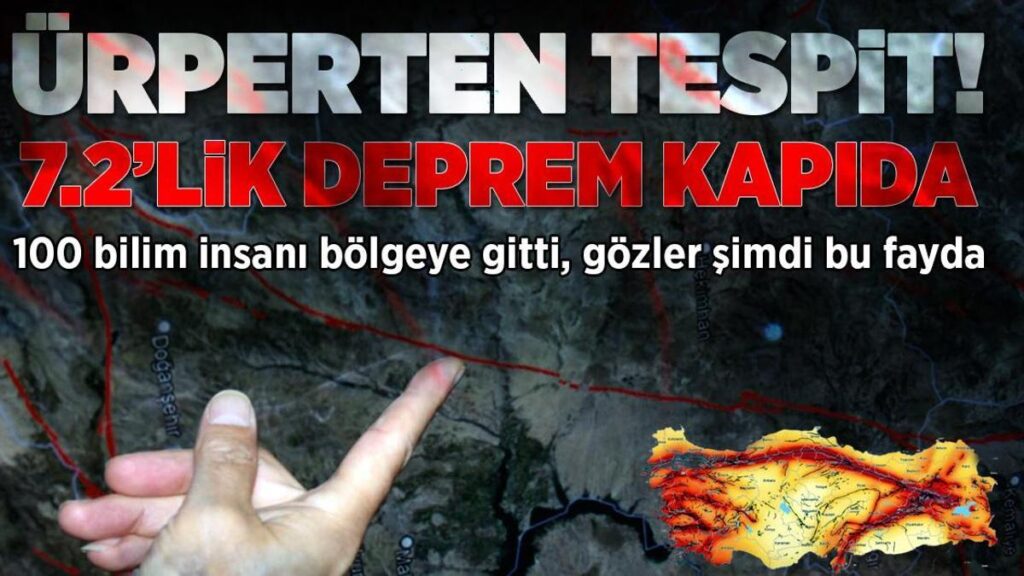Türkiye was rocked on February 6 by earthquakes measuring 7.7 and 7.6 on the Richter scale that affected a wide area, centered on Kahramanmaras. Following the earthquake, DEU visited the earthquake area together with TÜBİTAK’s partner organizations, the Ministry of Interior, Disaster and Emergency Management Agency, General Directorate of Mineral Research and Exploration, General Directorate of Mapping, Union of Turkish Local Governments, and scientists from many universities.
Studies have been initiated on faults that may directly affect the provinces of Central Anatolia, the Mediterranean and Southeastern Anatolia regions.
DEU professors. Dr. Hasan Sozbilil, Mustafa Softa and Dr. Ozkan Cevdet Ozda, Flat University professors. Dr. Erkan Ersoy, Dr. Elif Akgün, Serap Çolak Eroglu, Sibel Kayılı, Eskişehir Osmangazi University professor. Dr. Volkan Karabakhak, Afyon Kocatepe University professor. Dr. Çalal Ozkaymak, Çukurova University professor. Dr. Fikret Koçbulut from Selcuk University. The team, which includes faculty member Serkan Gürgüze and many graduate students, is studying faults such as the Shirvan Fault, Cizre Fault, Antakya Fault, Dead Sea Fault, Malatya Fault, and the Delilah Segment of the Central Anatolian Fault.
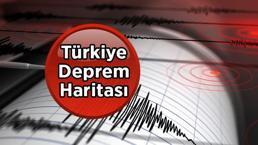
You may be interested in Turkiye Earthquake Map: Where do the fault lines go? AFAD and MTA Active Fault Lines and Earthquake Risk Maps View News
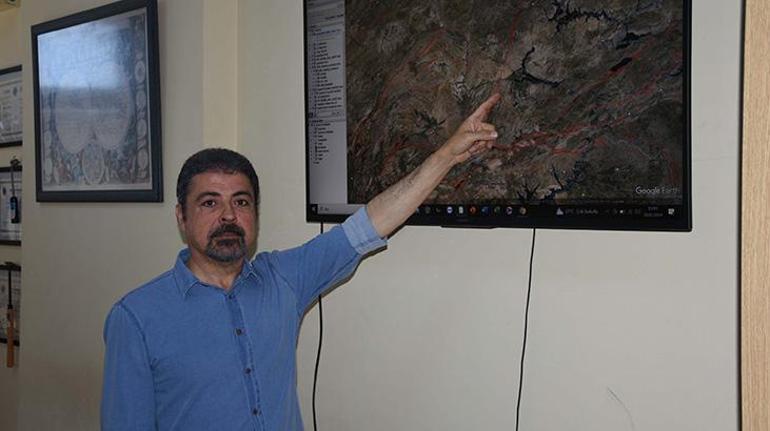
Nearly 100 scientists are investigating 128 flaws
Professor Dr. Hasan Sozbilir, lecturer at the Department of General Geology, Department of Geological Engineering, Faculty of Engineering, DEU, provided information about the work carried out. The professor said that after the February 6 earthquake, nearly 500 kilometers of faults broke. Dr. Sozbilir said, “After this rupture, many faults in the region were affected and began to cause small earthquakes. To carry out research on these faults, the Turkish Paleoseismic Research Project was prepared. Within the scope of this project, almost 100 scientists from many universities are working on 128 faults simultaneously in the region, and “we are investigating the seismic potential of the faults,” he said.
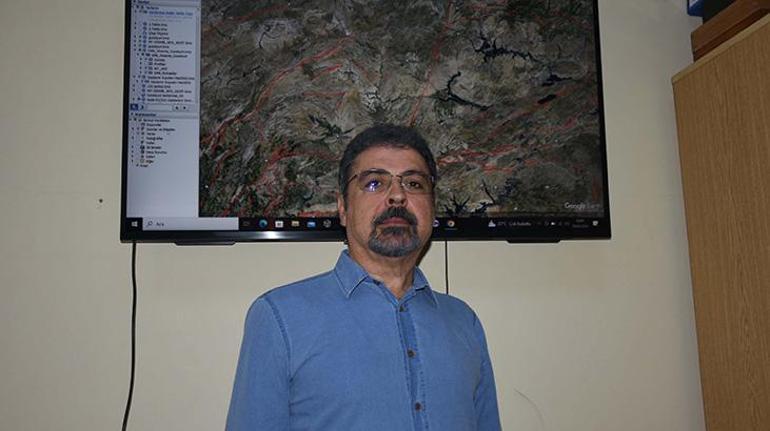
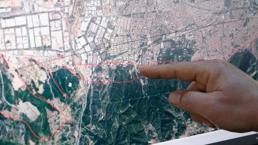
You might be interested in the fault that has been dormant for 170 years! Its total length is 130 km… See the news
Referring to the research they carried out on the Malatya Fault, the professor said: “The Malatya Fault is one of the important faults. It is the fault directly under the second big earthquake. It is a fault that, if it ruptures, will have a serious impact on the Malatya Fault. It is 200 kilometers long and consists of three faults,” Dr. Sozbilir said. If each of these three segments that make up the Malatya Fault were to break alone, it could cause an earthquake of magnitude 7.2. According to the research carried out so far, we know that the Malatya Fault has not broken for 3,000 years. We are particularly keen for that. We are trying to dig trenches on the fault and find out its history to find out the earthquake recurrence period of the fault. “
Prof. Dr. Hasan Sozbilir said that after the February 6 earthquake, there were more than 100,000 aftershocks in the region, and that “small earthquakes are also occurring on the Malatya fault. We are conducting research to see if this fault can go into this induced state.” He said that the Malatya fault is a fault that could affect other faults if it is broken, and that “it needs to be studied in detail because there is the Ovacik fault that stretches towards Anatolia.”
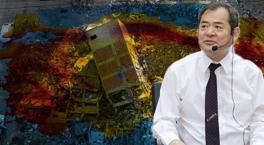
You may be interested in: Critical warning for Turkey from Japanese earthquake experts! Earthquakes will happen View the news
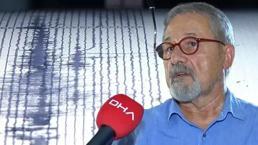
You may be interested in Prof. Dr. Naci Gölül’s warning! “This area is a very serious earthquake zone” Watch the news


